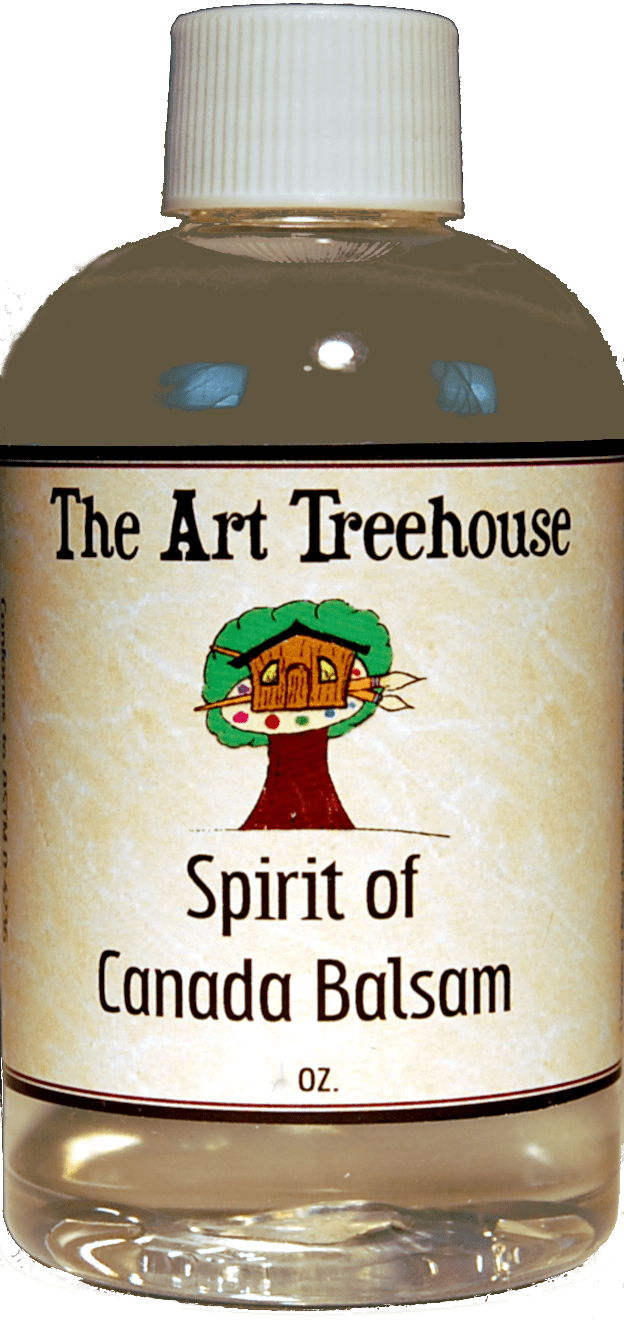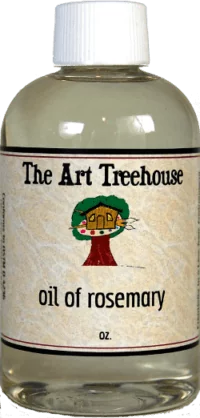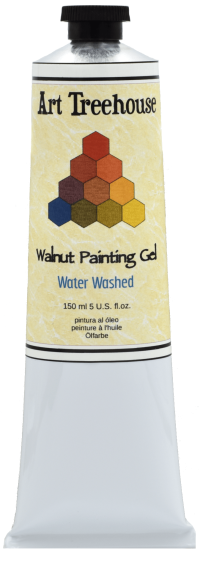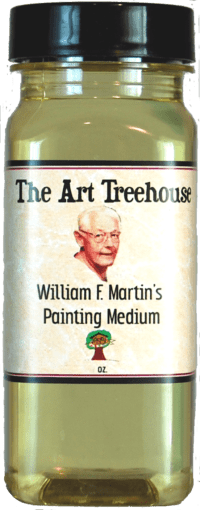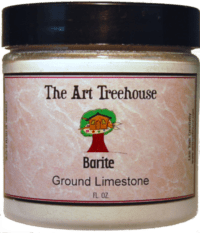Description
Spirit of Canada Balsam is distilled from the thick sap of Canada Balsam. Spirit of Canada Balsam was historically considered superior to turpentine distilled from pine. and is great for artists interested in experimenting with unusual historical art materials. In the mid-nineteenth century, Canada Balsam (the sap), collected from the Abies balsamea species of Fir tree in Canada, was imported into Europe, and due to its high refractive index was used to make “Crystal” varnish. It gained a reputation for being superior to both Strasbourg turpentine and Venice turpentine because of the way it helped the paint develop a tough film. Spirit of Canada Balsam (distilled from the tree sap) helps the film develop because, rather than drying by evaporation alone, it contains polymerising monoterpenes and diterpenoids that join together components such as ß-phellandrene (a monoterpene componenet) and cis-abienol (a solid diterpenoid component), resulting in a much tougher and resilient film. The spirit distilled from fir balsam was considered superior to that distilled from pine. U. Forni, in his 1866 Manuale del pittore restauratore, Florence, advocates the use of Spirit of Canada Balsam, and confirms that the results of his research are based on practice, not simply what he learned from other teachers at the time.
The paintings from this period containing Canada Balsam show no particular film defects, unless the varnish has been applied excessively thick. In such cases, the same problems can be seen in other paintings from the same time period, where the drying oil (linseed or walnut) was applied too thickly, resulting in wrinkling. Please note: Strong smell of Christmas tree sap. Use a drop or two at a time.


